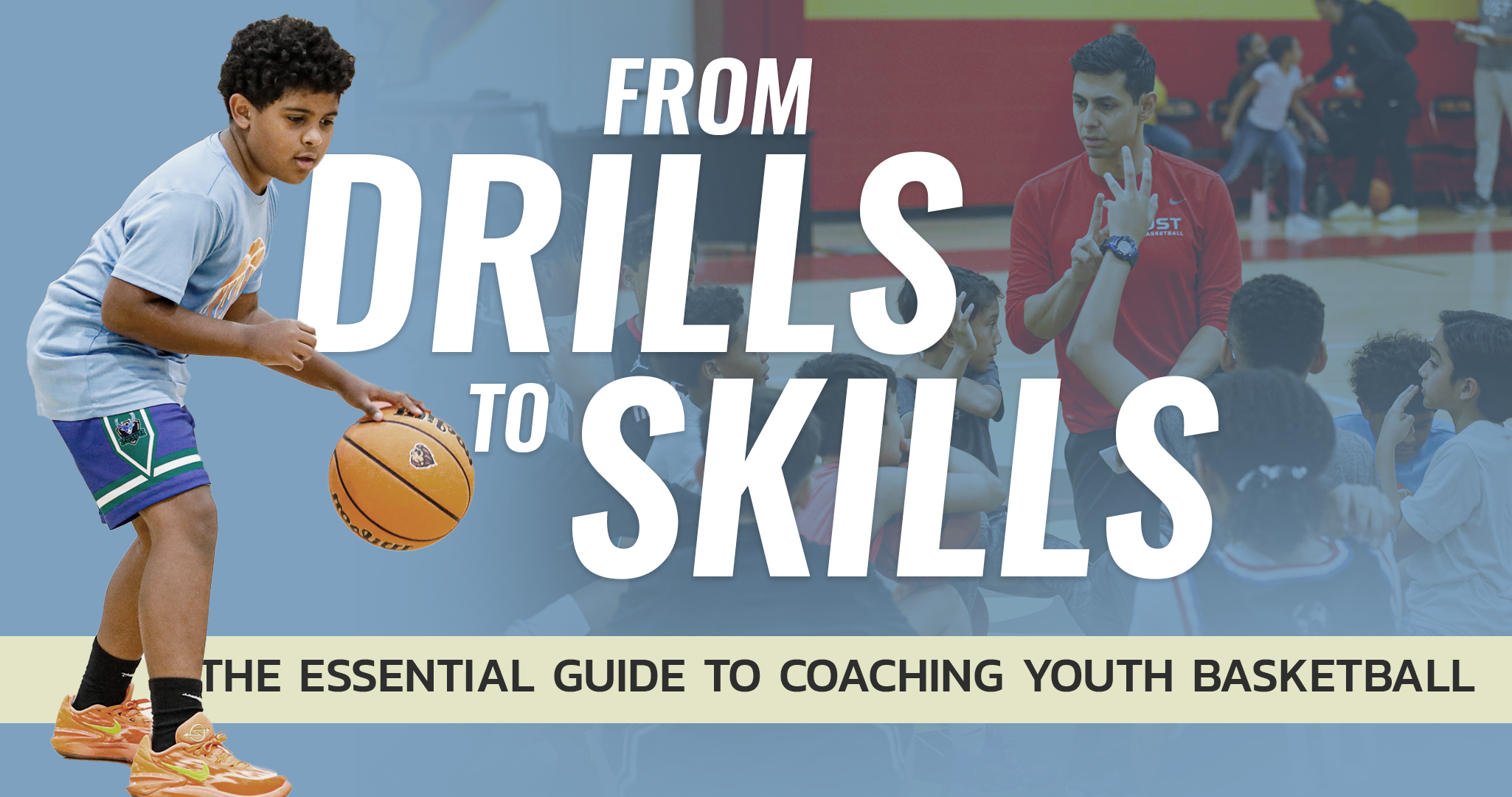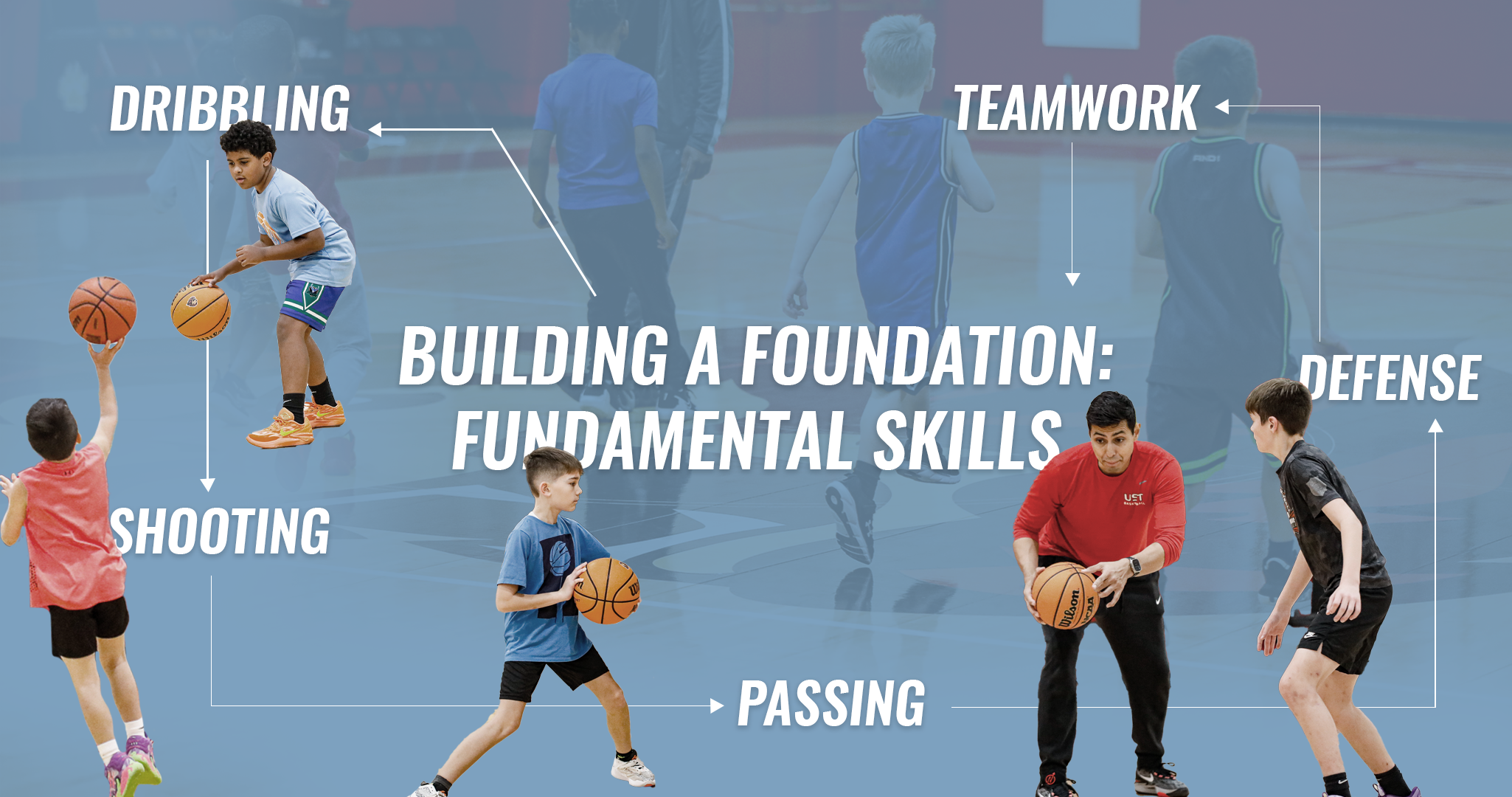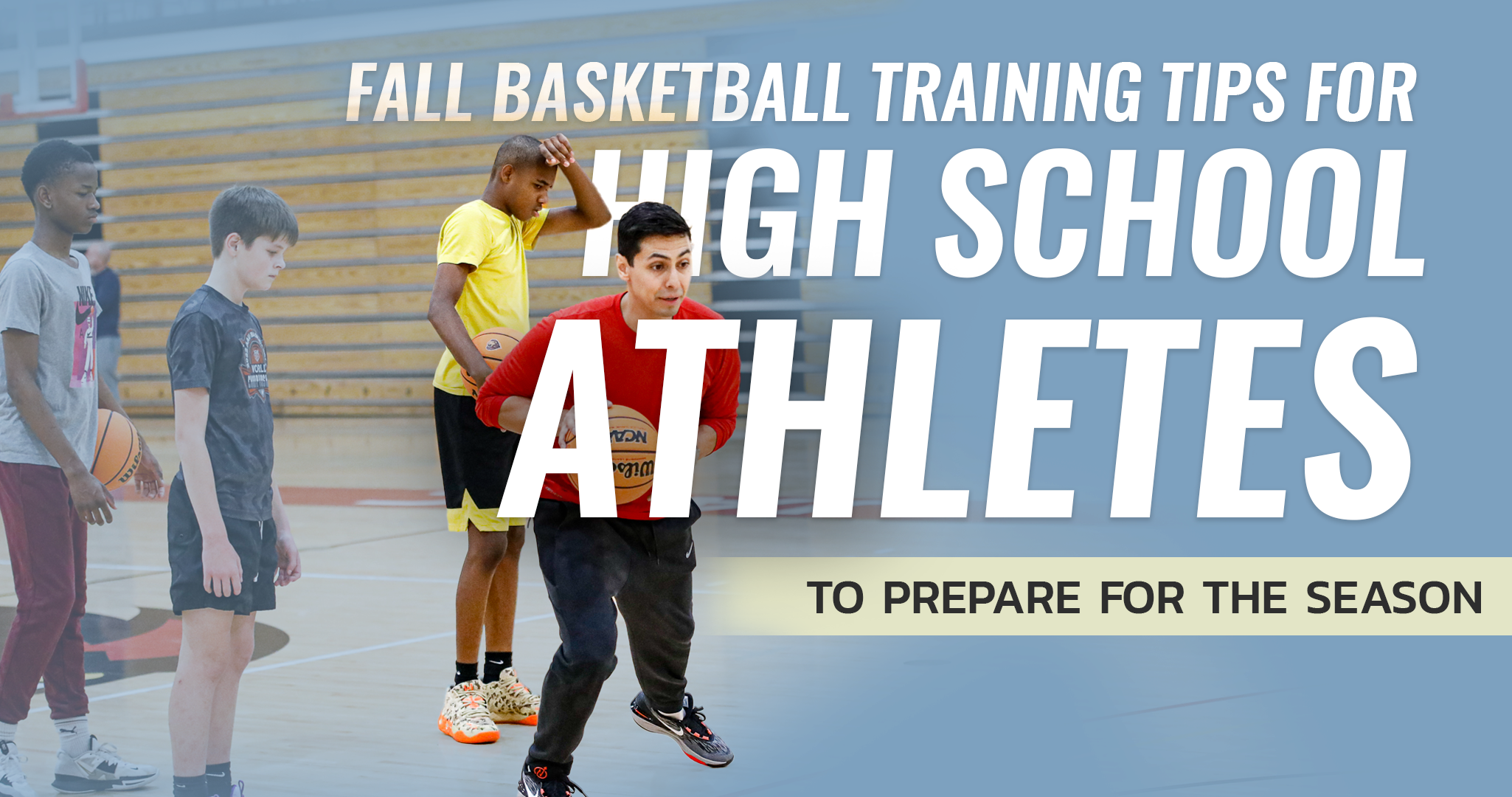Picture this: the buzzer sounds, the crowd roars, and you're on the court, ready to…

Coaching Youth Basketball—a commitment to raw talent meets the patient guidance of those who understand that greatness is not born, but forged through dedication, discipline, and a dash of sweat. It’s a world where each dribble represents a step closer to mastery, and every missed shot is merely a prelude to the next triumph. But in this hallowed arena of hardwood dreams, one question reigns supreme: What should you teach?
As a coach, you are not merely a guide; you are a sculptor, molding the raw clay of potential into the champions of tomorrow. Your task is not just to impart skills, but to instill a love for the game, a sense of camaraderie, and the unwavering belief that anything is possible with determination and teamwork.
Are you ready to take the first step toward greatness? Then lace up your sneakers, gather your team, and let’s dive into the heart of coaching youth basketball. The journey awaits, and the court is yours to conquer.
Building a Foundation: Fundamental Skills
In youth basketball mastering fundamental skills lays the groundwork for future success on the court. From dribbling to teamwork, each skill forms a crucial building block in the development of young players. Let’s delve into the essentials of each fundamental skill and explore how coaches can nurture these abilities in their teams.
Dribbling
- Techniques for Ball Control: Dribbling is the heartbeat of basketball, and mastering this skill is essential for every player. Coaches should emphasize proper hand placement, fingertip control, and keeping the ball low to the ground. Players should learn to use both hands equally to dribble, enabling them to maneuver past defenders with ease.
- Drills to Improve Dribbling Skills:
-
- Stationary Dribbling Drills: Encourage players to practice dribbling while standing still, focusing on control and rhythm.
- Dribble Moves: Teach players basic dribble moves such as crossovers, between-the-legs, and behind-the-back dribbles to evade defenders.
- Full-Court Dribbling: Set up drills that require players to dribble the length of the court while maintaining control and speed.
Shooting
- Shooting Form and Mechanics: Proper shooting technique is the cornerstone of scoring in basketball. Coaches should emphasize the importance of balance, footwork, and follow-through in shooting form. Players should learn to square their shoulders to the basket, bend their knees, and release the ball in a smooth motion.
- Shooting Drills for Youth Players:
-
- Form Shooting: Start with close-range shots to focus on technique, gradually moving farther from the basket as players improve.
- Spot Shooting: Set up shooting stations around the court and have players rotate through, taking shots from various positions.
- Game-Like Shooting Drills: Incorporate shooting into scrimmage situations to simulate game pressure and improve accuracy under stress.
Passing
- Importance of Proper Passing Technique: Passing is the lifeblood of teamwork in basketball, allowing players to share the ball and create scoring opportunities. Coaches should stress the importance of accuracy, timing, and vision in passing.
- Passing Drills to Develop Accuracy and Decision-Making:
-
- Chest Pass Drill: Players partner up and practice passing the ball back and forth using chest passes, focusing on accuracy and technique.
- Outlet Pass Drill: Set up a drill where players practice making long outlet passes to initiate fast breaks.
- Decision-Making Drills: Create drills that require players to make quick decisions about when and where to pass the ball, simulating game scenarios.
Defense
- Basic Defensive Principles for Youth Players: Defense is often overlooked but is equally important as offense in basketball. Coaches should teach players the fundamentals of defensive stance, footwork, and positioning.
- Defensive Drills to Teach Positioning and Anticipation:
-
- Closeout Drill: Players practice closing out on shooters, working on quick footwork, and contesting shots without fouling.
- Shell Drill: Set up a defensive drill where players work on moving as a unit, communicating, and rotating to cover open players.
- Steal and Deflection Drill: Encourage players to be active hands-on in defense, practicing deflections and steals to disrupt the opponent’s offense.
Teamwork
- Teaching Players to Communicate and Work Together: Basketball is a team sport, and effective communication is essential for success on the court. Coaches should emphasize the importance of verbal and non-verbal communication among players.
- Incorporating Teamwork into Drills and Game Situations:
-
- Passing and Cutting Drill: Set up a drill where players practice passing and cutting to the basket, emphasizing movement without the ball.
- Transition Offense Drill: Encourage fast breaks and ball movement in transition, teaching players to read each other’s movements and make quick decisions.
- Team-Building Activities: Organize team-building exercises off the court to foster camaraderie and trust among players, which translates to improved teamwork on the court.
Developing Basketball IQ
To excel in basketball, players need more than just physical skills—they need a high basketball IQ. Here’s how coaches can cultivate this crucial aspect of player development:
- Understanding the Game: Break down basketball into its elements—offense, defense, transition, and set plays. Use film study and on-court simulations to deepen players’ understanding.
- Making Smart Decisions: Create drills and scrimmages that mimic game situations, challenging players to read defenses and make quick, smart decisions.
- Fostering Passion for Improvement: Lead by example, celebrate learning moments, and encourage curiosity to instill a love for the game and a desire to continually learn and grow.
By prioritizing basketball IQ, coaches can shape players who succeed on the court and embrace the game with intelligence, passion, and a hunger for improvement.
In the dynamic world of youth basketball coaching, the question of what to teach is not just a matter of strategy—it’s a profound responsibility. As coaches, you hold the keys to unlocking the potential within each young athlete, shaping not only their skills on the court but also their character, teamwork, and love for the game.
As the final buzzer sounds and the season draws to a close, let us not measure our success solely in wins and losses, but in the growth and development of our players. So, to all the coaches embarking on this journey, remember: it’s not just about teaching basketball—it’s about inspiring young minds, fostering a love for the game, and shaping the champions of tomorrow, one practice, one game, and one heart at a time.
Together, let’s continue to make a difference in the lives of our players, empowering them to reach new heights and soar beyond the confines of the court. For in the end, the true measure of our success lies not in the trophies we win, but in the lives we touch and the legacies we leave behind.



